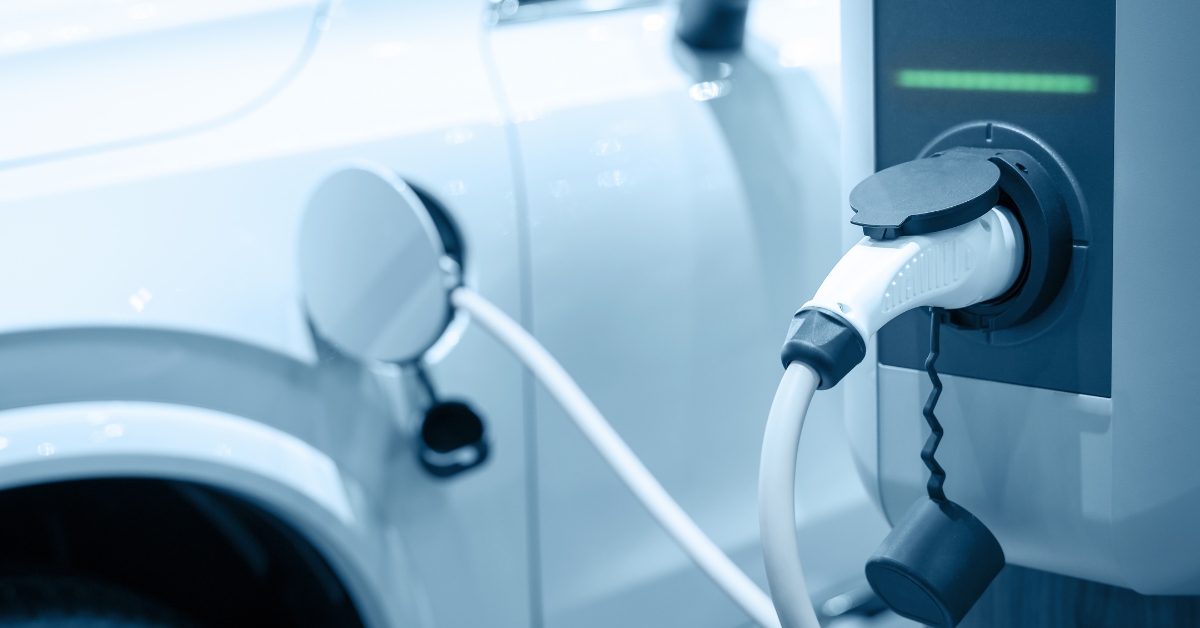
Winter Storm Heather Shows Texas Needs More Reliable Energy Sources
The recent brush with Winter Storm Heather, although not as severe as the disastrous Winter Storm Uri of February 2021, served as a critical reminder of the precarious balance of Texas’ power grid. Despite some improvements to the reliability of natural gas generation and the addition of renewable energy sources, the margin for error remains uncomfortably slim. At the height of the storm, the Electric Reliability Council of Texas (ERCOT) reported a mere 7% in reserves, a figure that, while sufficient this time, could have spelled disaster under harsher conditions. Normally, this figure is between 10% and 20%.
Texas prides itself on a diverse energy mix, with renewables like wind and solar contributing significantly to the grid. However, the state’s infrastructure is primarily optimized for summer demands, leaving it vulnerable during prolonged winter peaks. The recent storm highlighted the critical dependency on natural gas when renewables falter under cold conditions. For hours, natural gas was responsible for nearly 70% of Texas’ electricity, a stark contrast to the less than 7% contribution from wind and solar at certain points.
This dependency on natural gas exposes a fundamental issue within ERCOT’s market-based system. Wind and solar, benefiting from low operational costs and substantial subsidies, especially for wind, can produce electricity at significantly lower prices than natural gas, except when the weather doesn’t cooperate. This economic dynamic discourages investment in natural gas generation, which is essential for grid stability during renewable shortfalls.
Texas recently attempted to incentivize the construction of additional natural gas generation facilities, but found no takers. This lack of interest underscores the need for either taxpayer-funded subsidies or regulatory mandates to ensure a reliable dispatchable power supply. The alternative, building battery storage, is an emerging but currently expensive and limited solution. Although battery storage contributed over 1,000 megawatts during the storm, its overall impact remains small due to high costs and limited capacity.
The dilemma Texas faces is not just about maintaining low electricity rates, which are currently 18% below the national average thanks to cheap natural gas and abundant renewables. The real challenge lies in ensuring the grid’s reliability without resorting to costly subsidies or regulations that could erode these savings. The state’s energy strategy must balance affordability with the need for a resilient and dependable power system.
As Texas navigates its energy future, the lessons from Winter Storm Heather must not be ignored. The state’s grid was fortunate this time, but reliance on luck is a dangerous strategy. Texas must address its energy vulnerabilities head-on, recognizing that the true cost of cheap electricity should not include risking catastrophic grid failures.











